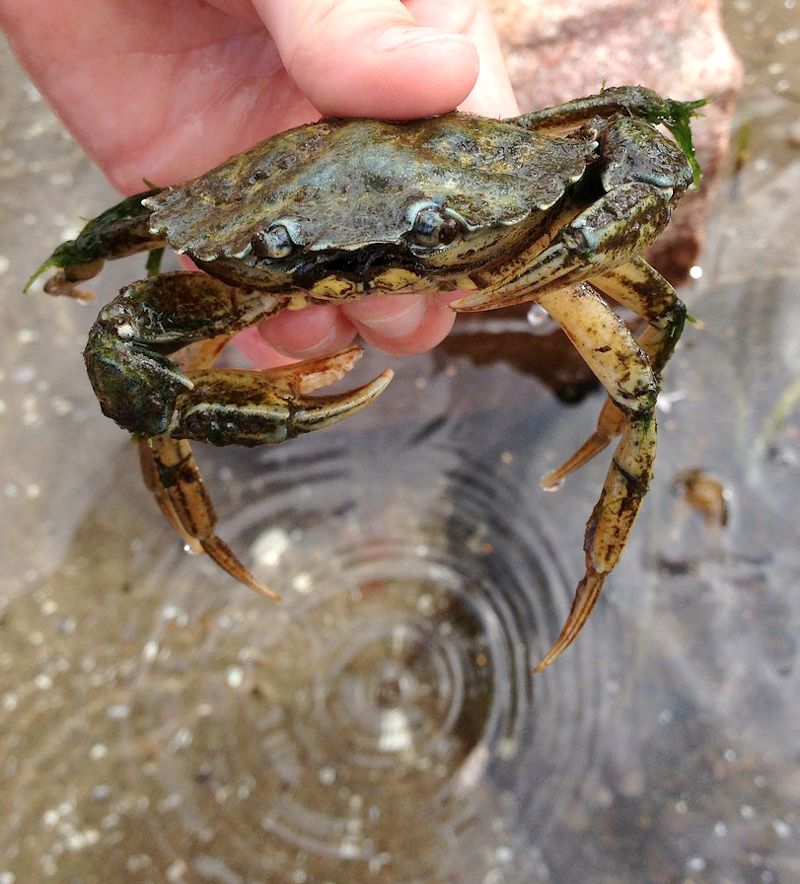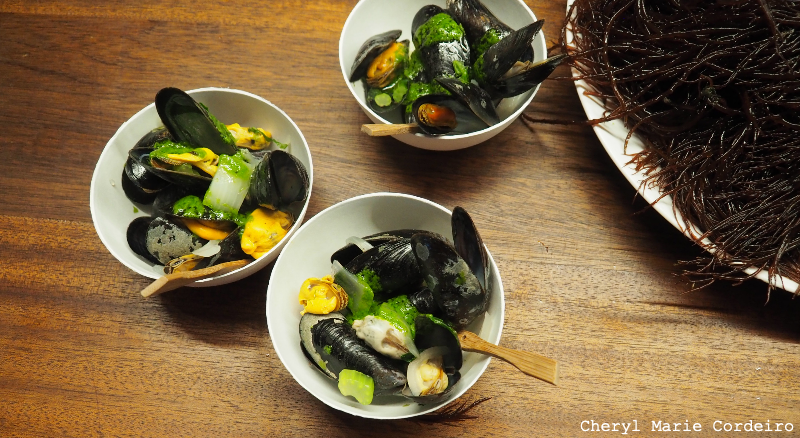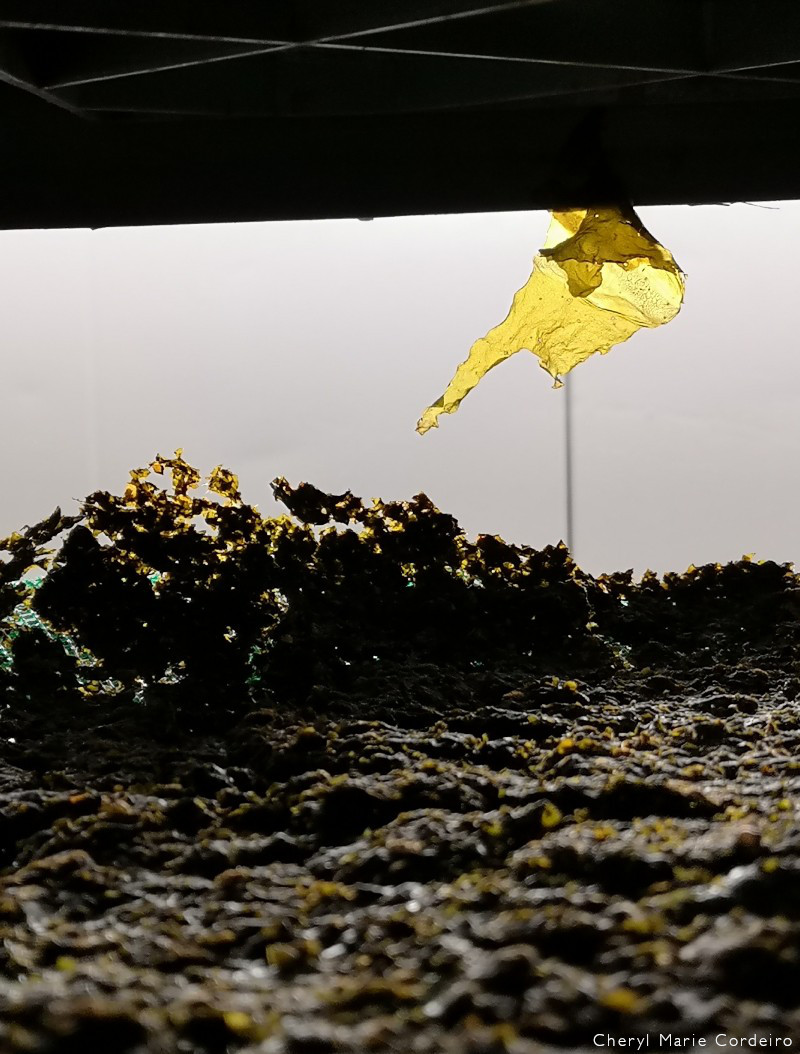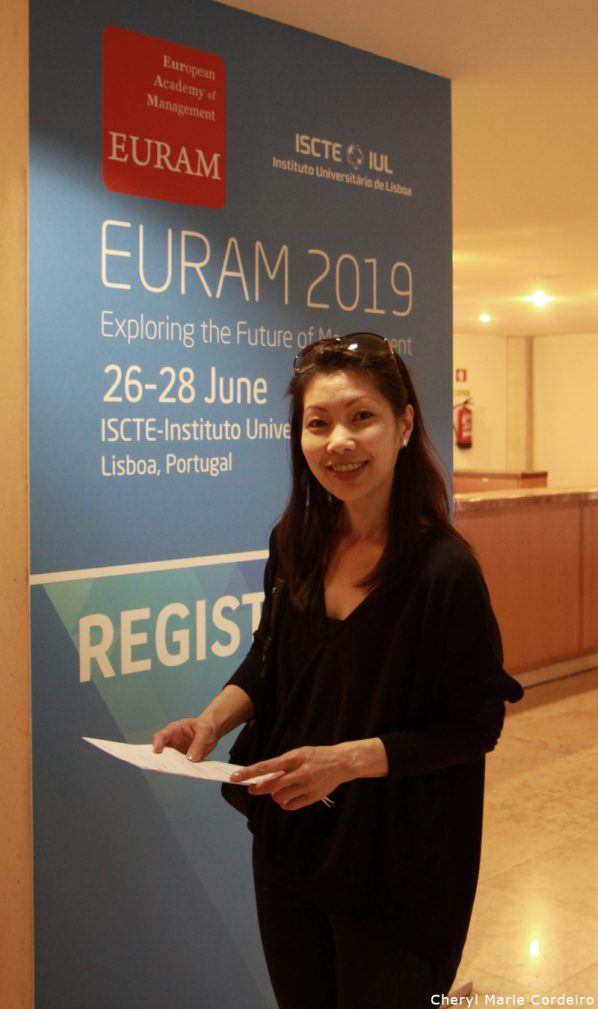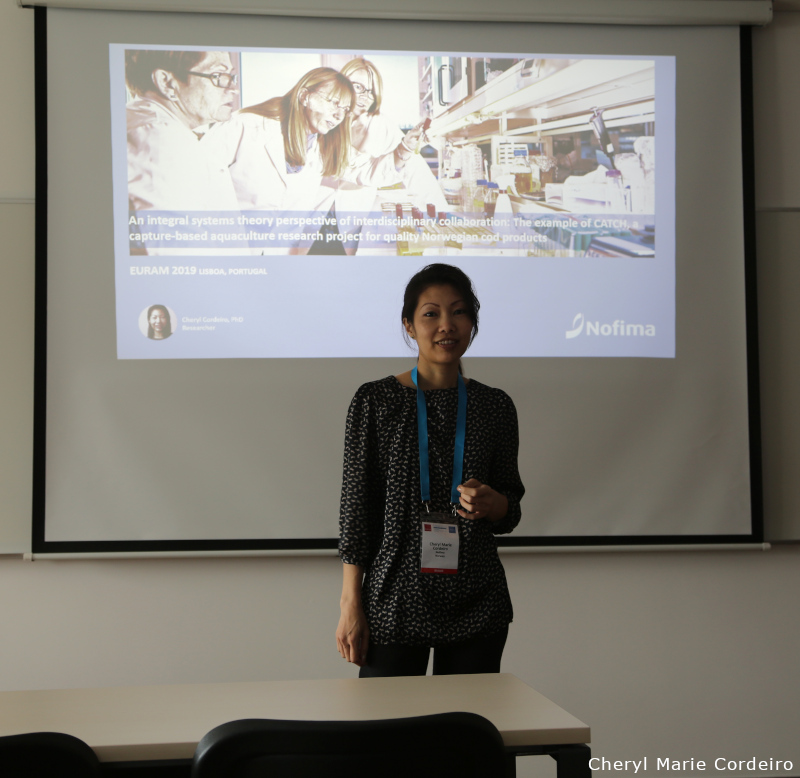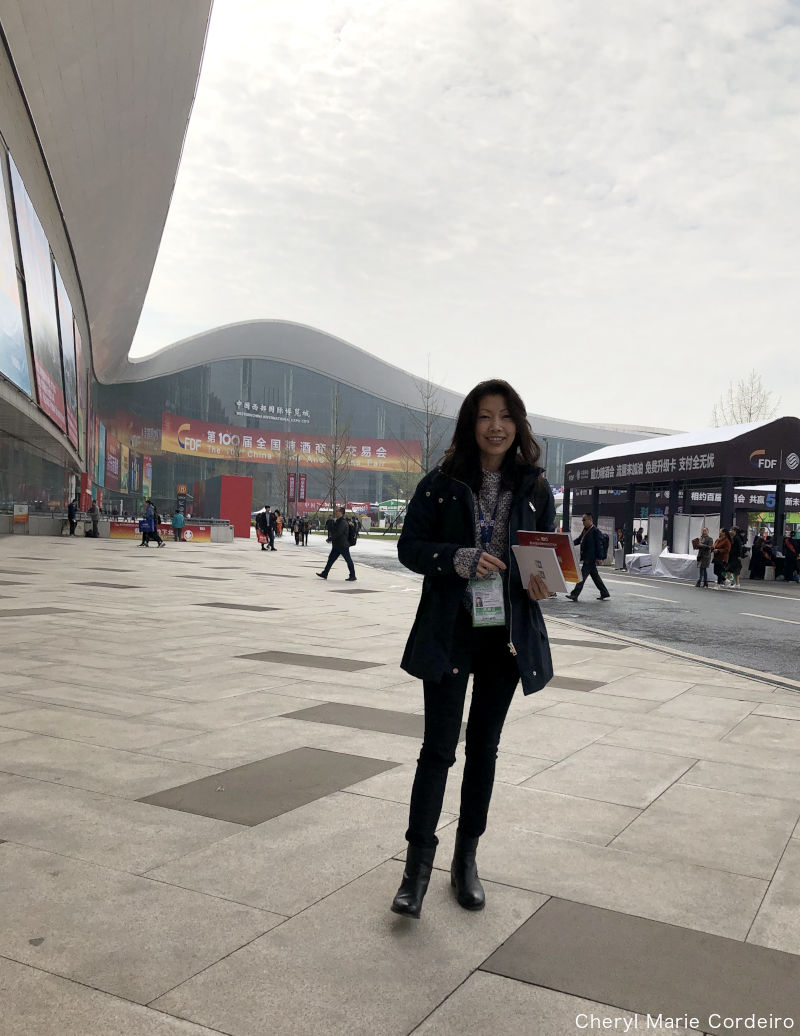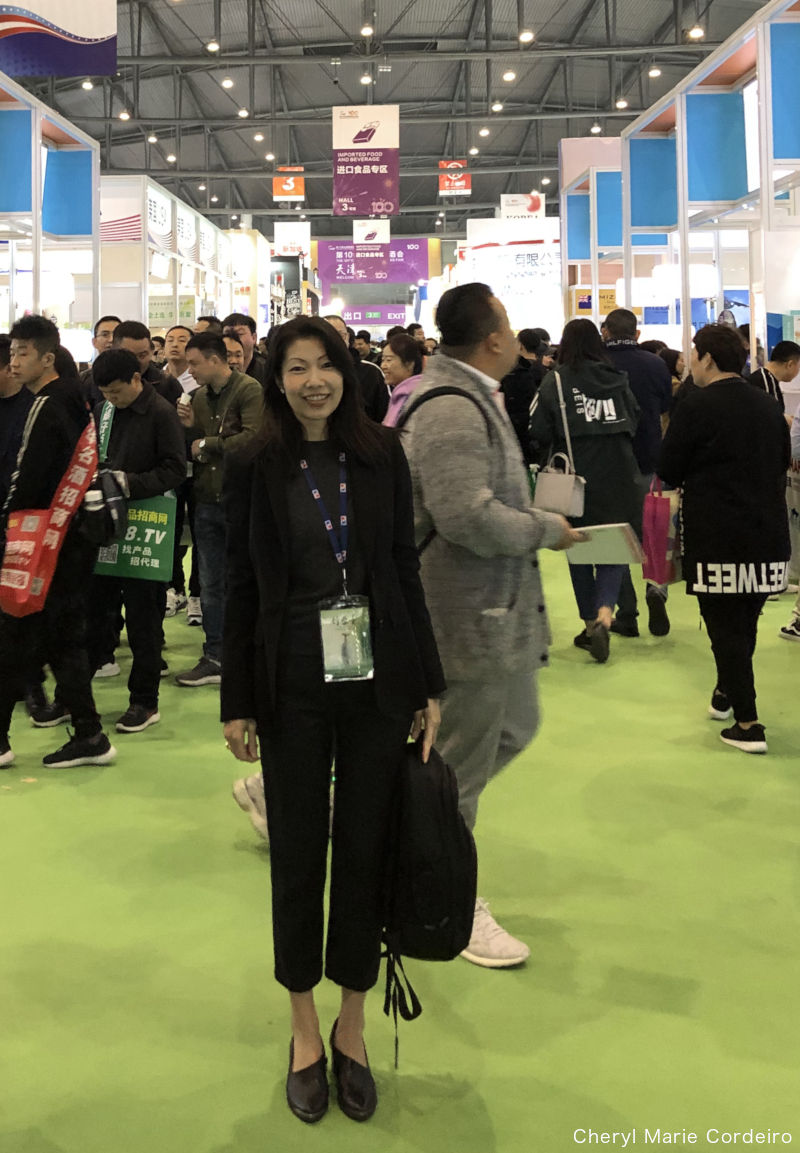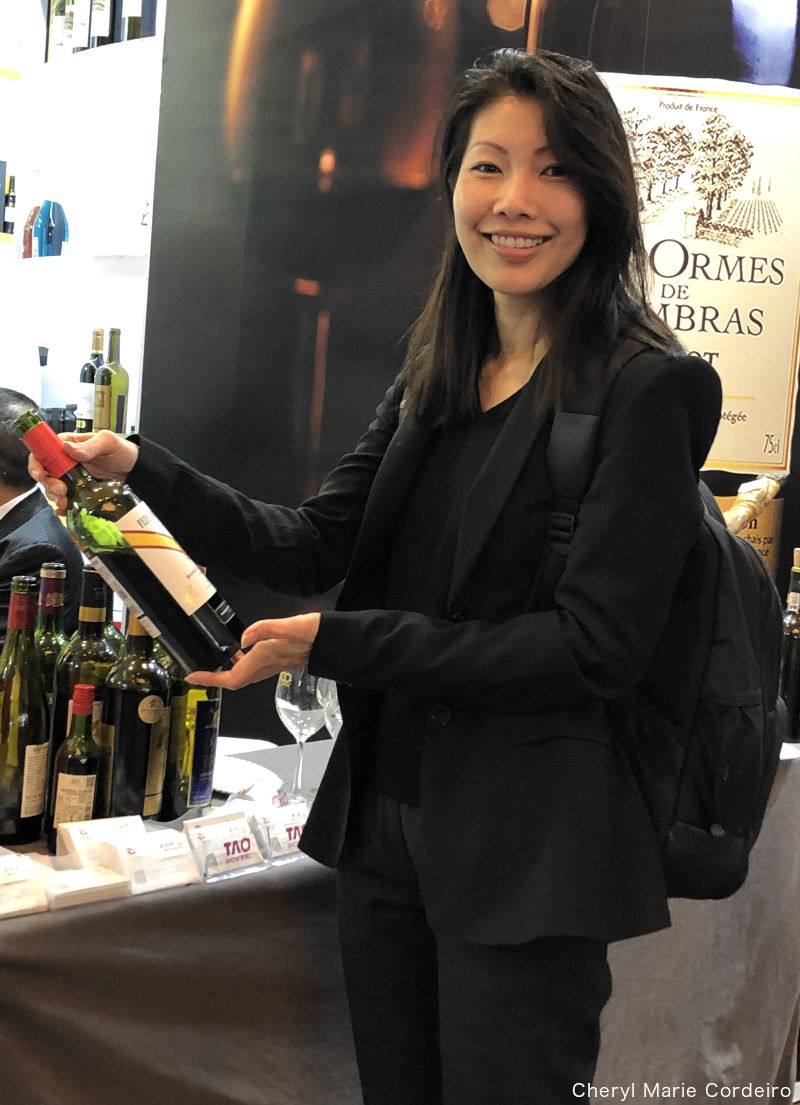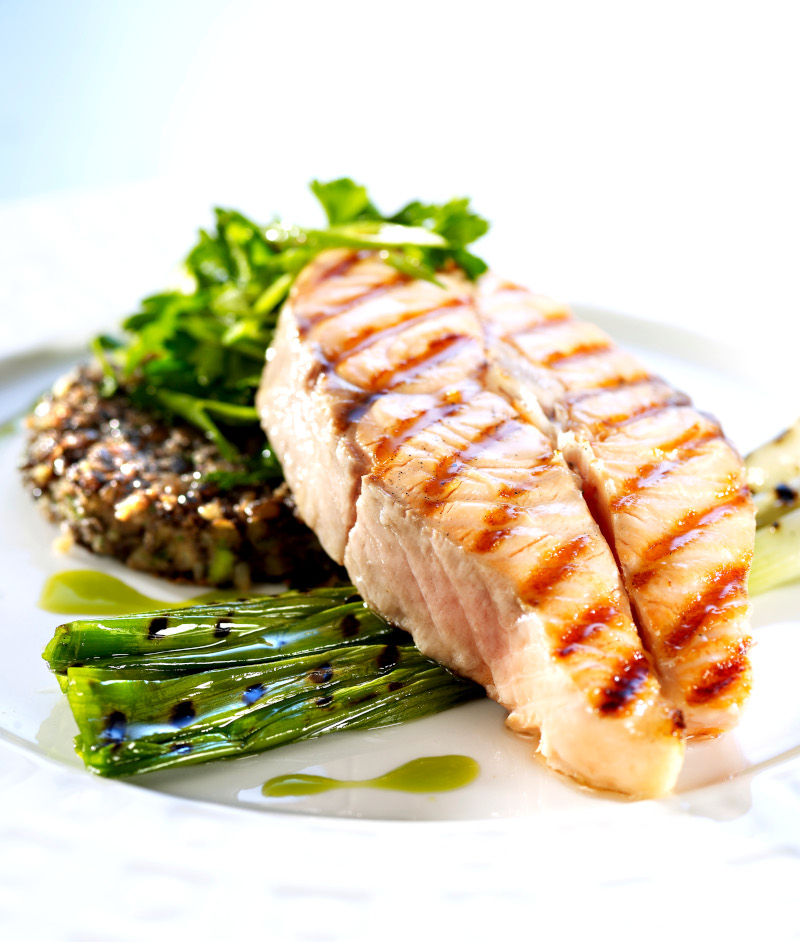Crab from the Swedish west coast, Sweden.
Text & Photo © Pixabay Ylvers-337353, JE Nilsson & CM Cordeiro 2019
As I began reading more literature on marine and fisheries management, I observed how management concepts in the field of natural resources management were framed differently than those found in international business (IB) studies.
Most IB management theories focused on the efficiency of the processes of the manufacturing sector and firm internationalization strategies [1, 2], whereas natural resources management had the ecological dimension factored into their management models and strategies even if their processes included global manufacturing [3, 4]. I would today reason that IB studies also encompasses an ecological dimension, but they are framed predominantly from the perspective of human resources management or organizational culture and behaviour.
